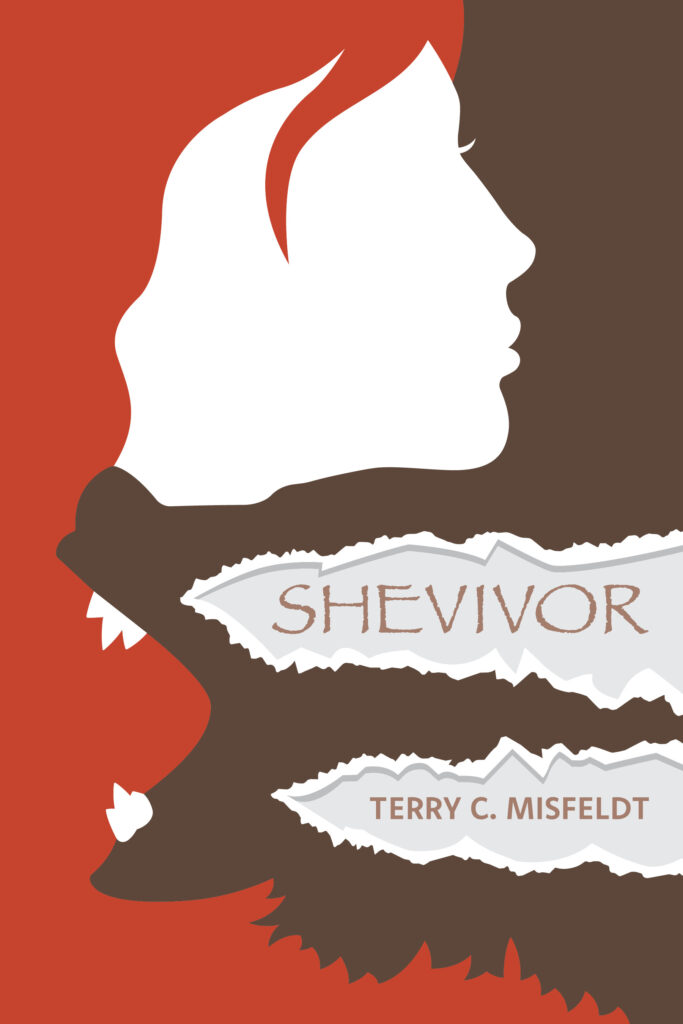By Valerie Routhieaux
Day 22 – Self-Publishing
Today,
I’m going to deviate from writing to publishing, specifically self-publishing.
If you
Google self-publishing, you will find many publishing options. Most, if not all,
are expensive. When I started self-publishing back in 2012, that’s how I found
the house I published with. It was an expensive package, at least for me as I
didn’t have a huge income at the time, and my son was angry at me for going
that route. I have since found a free, easy to use publisher—CreateSpace, now
KDP Direct as they merged this past year. CreateSpace and KDP Direct are an
Amazon company.
When
self-publishing you need to be aware that no one will help you with revision,
editing, or anything else unless you pay someone to do that. It’s all on you.
What I
did when I found myself faced with editing my work, I bought several editing
tools. I might have mentioned them before, but here are the books I bought to
help me. English Grammar for Dummies by Geraldine Woods, The Artful
Edit by Susan Bell, Revision & Self-Editing by James Scott Bell.
Someone also sent me Harbrace College
Handbook 9th Edition by John C Hodges and Mary E. Whitten.
These
have been valuable tools in learning how to edit. Last year I also downloaded
Grammarly the free edition, and prowritingaid.com, which I bought. These have
been and continue to be helpful in my writing.
CreateSpace,
now KDP Direct, gives you guidelines to follow along with templates to help
with formatting your manuscript. If you submit your work outside those
guidelines, they won’t accept it.
During
the publishing process, you choose a generic cover or if you have one, download
the cover. It must be 300 DPI. I have since found a great site for converting
your pictures to 300 DPI. It’s easy, and most importantly, it’s free. https://convert.town/image-dpi. CreateSpace/KDP Direct will review your manuscript to make certain it’s
within their guidelines and send it back to you to review and edit. They do not
give any suggestions.
It’s a
good idea to edit your manuscript at this point, even though you have done so
many times before you submitted it for publishing. You always miss something.
BEFORE
you hit submit when you are fully satisfied with the manuscript, be certain to
get your copyright. This will be your only charge as it’s your Library of
Congress copyright. It’s generally $25. Unless it’s gone up. I’ve missed this step on every manuscript I
submitted. I thought I could get the copyright after I submitted it. You can’t.
It must be done before you submit. Do not be confused with the ISBN you
received as soon as you submitted your manuscript at the start of the
publishing process.
Once
you submit your manuscript for publication in the final step, it goes live
immediately and people will be able to buy your book. It will also tell you how
long before it becomes available in foreign countries. It could take up to a
week for that.
After
you submit for publication, you’re not finished yet. You have the opportunity
to get your manuscript into an eBook or Kindle. It’s an easy process and it too
will be live as soon as you okay everything.
As for
royalties, Amazon pays out monthly. Because CreateSpace/KDP Direct is an Amazon
company, your royalties come from Amazon to your checking account. Your
royalties are delayed for two months. For instance, if someone buys your book
today, you will receive the royalty for the book in two months. They pay out on
the 29th of the month. You also don’t need to earn a certain amount to be paid.
My smallest royalty was .07.
As for
how much your book costs, you set the price. They give you guidelines on what
to charge, based on the number of pages in your book. Once you determine the
cost, they give you the royalty amount in the various currencies around the
globe. You set this price for the paperback as well as eBook.
Are you ready to submit your book for self-publishing? I hope I helped with the process.
Thanks for reading.
Tomorrow’s Perspective: Reader Engagement

